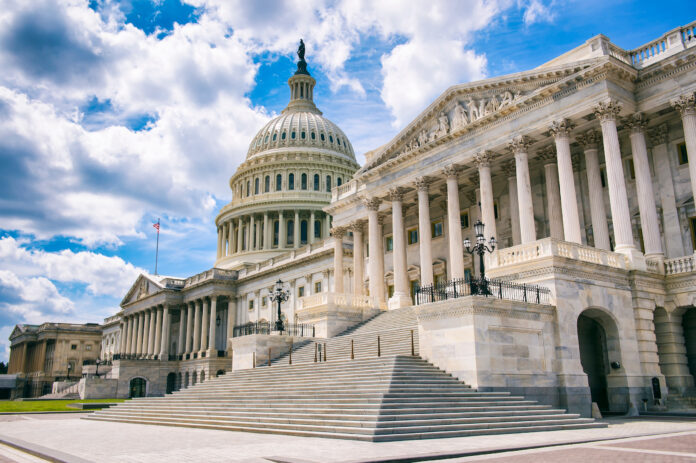The U.S. federal government recorded a budget deficit of $129 billion in January, significantly higher than the $22 billion deficit a year earlier, the U.S. Treasury reported Wednesday.
The increase was driven by benefit payment shifts and higher expenditures on Social Security, Medicare, interest payments, and other costs.
January receipts rose 8% to $513 billion, up $36 billion from a year earlier. Outlays for the month increased by 29% to $642 billion, reflecting a $143 billion rise compared to January 2024.
Adjusted for calendar effects, including early payment of $87 billion in February benefits, the deficit increase for the month would have been $21 billion instead of $107 billion.
A Treasury official said there are no plans to include details of Elon Musk’s Department of Government Efficiency in the Monthly Treasury Statement. The initiative has not shown major savings, and a court order limited its access to Treasury operations, except for Treasury Secretary Scott Bessent.
For the first four months of fiscal 2025, which began on October 1, the budget deficit reached a record $840 billion, a 58% increase from the previous year. The surge was partly attributed to the prior year’s $85 billion in deferred tax payments.
Year-to-date receipts totaled $1.596 trillion, up 1%, while outlays rose 15% to $2.436 trillion, both marking record highs for the period.
Tax receipts from individual withholdings increased 6%, but non-withheld and corporate tax collections declined due to weather-related deferrals that inflated the prior-year figures. Customs revenue grew 12% to $3 billion, though it did not yet reflect the 10% tariff on Chinese imports imposed by President Donald Trump on February 4.
Spending on disaster relief contributed to a 43% rise in Department of Homeland Security expenditures, up $12 billion. Interest payments on public debt climbed 10% to $392 billion, while military spending rose 13% to $318 billion. Social Security remained the largest expenditure, increasing 8% to $529 billion.























